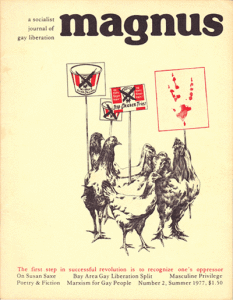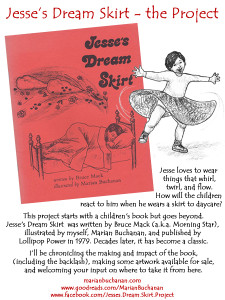I’ve mentioned in an earlier post that there are differences between the two versions of the story Jesse’s Dream Skirt. I’ve already covered the differences in the way the mother is portrayed and the way the children react to Jesse wearing a skirt to daycare. Now it’s time to look at the portrayal of the teacher, Bruce.
First of all, I can’t help but notice that the teacher’s first name is the same as the author’s. This was not evident in the magazine publication, since the pen name Morning Star was used instead. But the book version was published under the author’s legal name, Bruce Mack, so the coincidence with the fictional teacher’s name is apparent. It leads me to wonder whether perhaps the author was himself a daycare teacher, and whether the story is based on a real incident. In another post, I’ll explain why we may never know. Meanwhile, let’s get back to our fictional teacher.
None of the characters’ physiques are described in the text of the story, and the teacher is no exception to this fact. It’s left up to the illustrator to choose a look, and there are therefore two different versions.
The magazine version’s illustrator, Larry Hermsen, portrayed the teacher as white, with shortish hair and a mustache, and wearing an embroidered tunic of the kind that’s made in India and was prevalent during that era (late 1970s). Larry knew Bruce Mack personally, so it’s possible (but not yet confirmed or denied) that he might have modeled the character’s looks on the author’s.
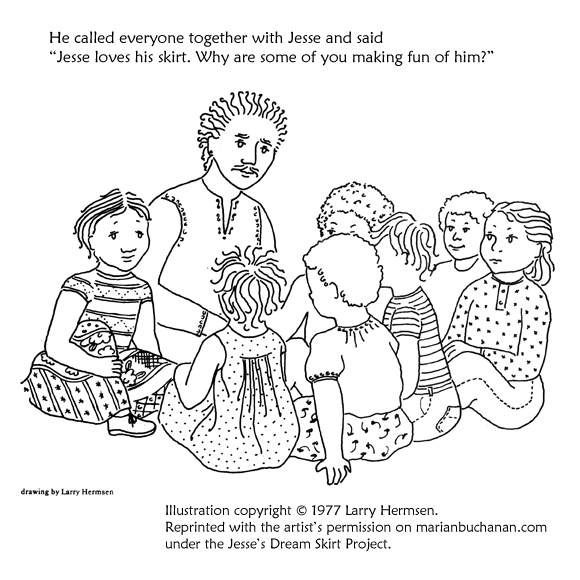
For the book version that I illustrated, the publisher, Lollipop Power, provided no specific direction for the teacher’s ethnicity, but did ask in a general way that I portray the characters with lots of diversity. I decided to make the teacher black, with shortish natural hair and a beard.
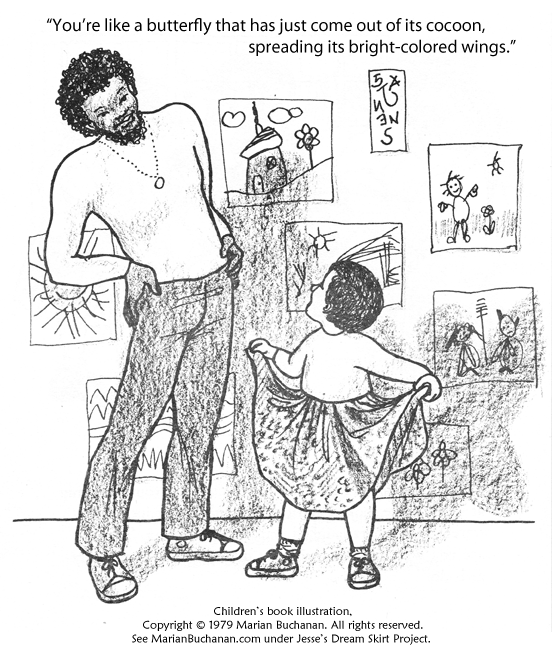
I, too, clothed him in a style of the times, choosing a tight, long-sleeved T-shirt and a pendant. This may have contributed to an impression I’ve seen posted online in more recent years, that the teacher in this story is “so gay!” Although this was expressed as a positive comment, you still have to remember that this wasn’t necessarily a “gay” way to dress in those days. And isn’t it a bit ironic if assumptions are made about a fictional character’s sexual orientation in a story where, first of all, it’s irrelevant and, more importantly, the message is about how people shouldn’t make assumptions and judgments based on the way someone dresses? Even as a positive judgment, it’s still based on an assumption.
Of course, it’s also possible that the “so gay” comment was triggered by the body language ascribed to the postures I gave the character. But that, too, would be based on assumptions about the differences in how gay men and straight men move. In my mind as I drew him, Bruce the teacher was heterosexual, precisely because I wanted to affirm that just because a man is a daycare teacher, that doesn’t mean he’s gay. It’s not that it would be bad if he were gay, it’s just that it’s problematic to perpetuate narrow stereotypes of gender roles and disregard the full spectrum of interests and capabilities of any person of any gender or sexual orientation. Straight men can be just as gentle and nurturing with young children as anyone else, and I attempted to show that through posture. All the postures I gave the character are ones I’ve seen taken by heterosexual men: the leaning to one side with hands on hips and a smile on one’s face, the comforting holding of a child in one’s arms, the kneeling down to help a child tie a knot, the dangling of hands while leaning forward with elbows on spread-apart knees.
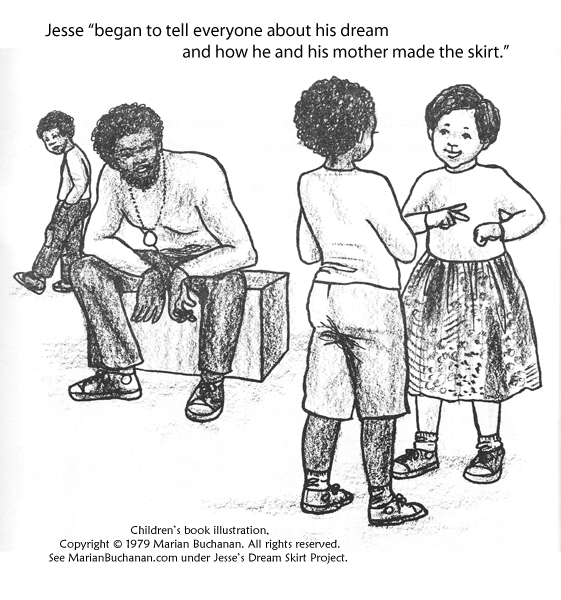
If any of these postures are interpreted as indicating that the teacher is gay, isn’t that another irony of falling prey to cultural stereotyping right in the midst of the book’s message being precisely to stop doing that?
In the next post, we’ll move on from the illustrations and the teacher’s different looks, and focus on the text itself to see what he says and does differently between one version of the story and the other. In the meantime, feel free to tell me: how would you have drawn Jesse’s teacher Bruce?
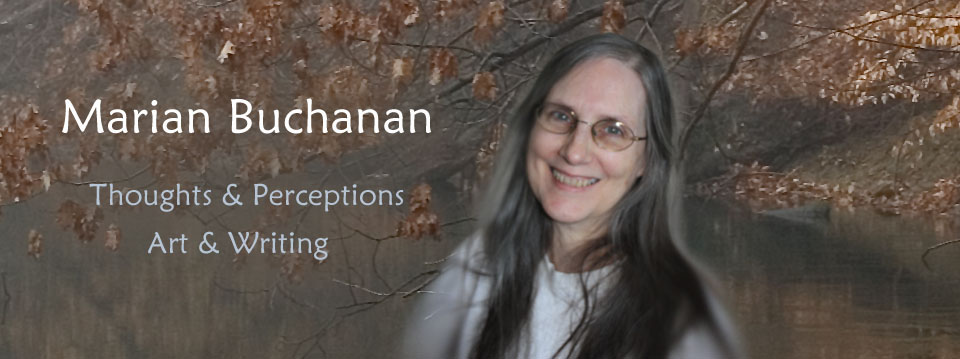
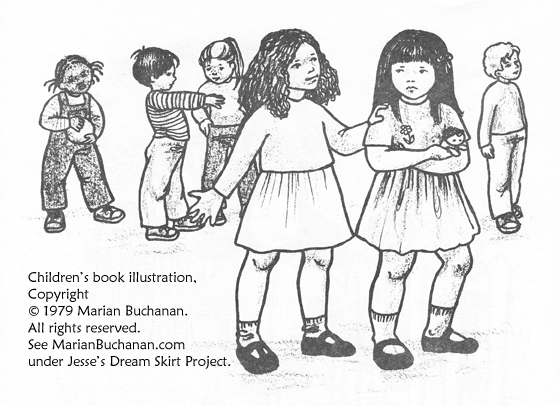
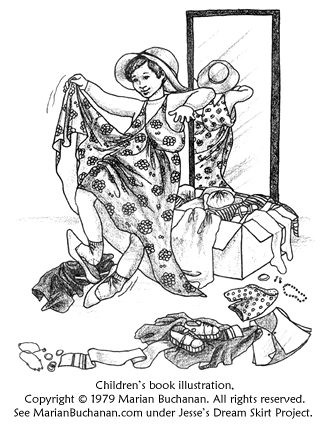 In the children’s story
In the children’s story 